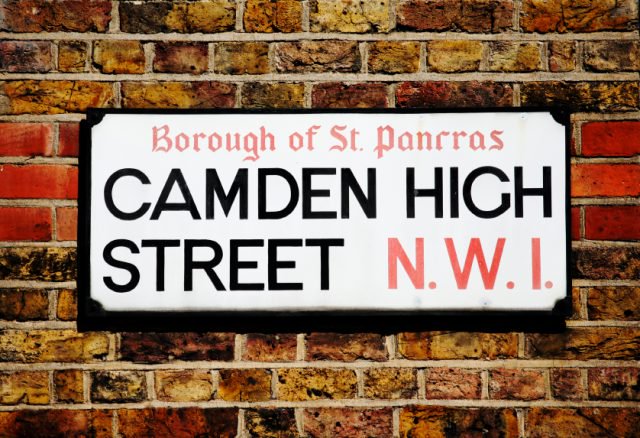First-time buyers losing out to investors
First-time buyers are at risk of losing out due to mortgage market regulation, according to an independent broker.
Private Finance argue that changes in the Mortgage Market Review has made today’s lending climate more favourable to buy-to-let investors over home buyers.
Lack of support
The Mortgage Market Review was introduced in April 2014, but applies only to the owner-occupier market. Private Finance believe that the new affordability regulations are not supporting home ownership. On the other hand, buy-to-let lending is still unregulated, with lenders allowed to advance up to 85% interest-only mortgages to property buyers.
‘We are calling on regulators and policy makers to consider the effects of MMR on residential lending levels,’ said Simon Checkley, managing director of Private Finance. ‘If maintained at their current level, they could potentially exclude an entire generation of home buyers from the property market and force them into the private rental sector for years to come.’[1]
Checkley went on to say, ‘stifling activity in the housing market increases house prices by reducing supply.’ He believes by, ‘not allowing first-time buyers access to mortgage products similar to those available to buy-to-let investors snapping up the same properties that first-time buyers would buy if they could, is unfair.’[1]
Working together
Offering an alternative method, Checkley said, ‘our view is that the Government and the regulator should work together to encourage lenders to accommodate all home movers with more innovative and flexible products.’ He pointed out that, ‘one example of this would be to offer the first two years of the mortgage on an interest-only basis, progressing to graduated capital and interest payments afterwards.’[1]
Mr Checkley feels that this would be, ‘exactly the kind of product that would offer the long term stability that residential borrowers require.’[1]
Concluding, he conceded that, ‘our fear is that if the authorities do not collaborate further on this, we will simply continue to lock a generation of home buyers out of the market and face the inevitable consequences in years to come.’[1]
[1] http://www.propertyindustryeye.com/first-time-buyers-losing-out-to-investors-because-of-mortgage-rules/










